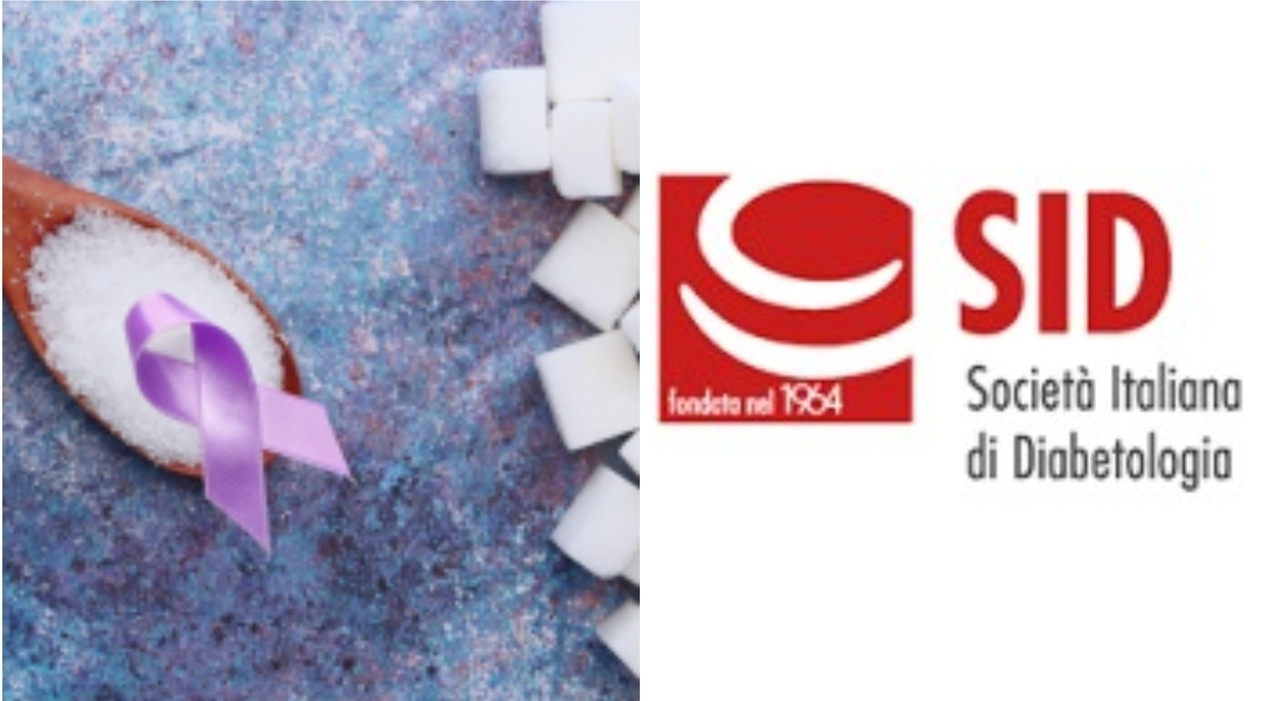They are a family of food additives widely used in industry because they improve the consistency, color and taste of processed foods. Emulsifiers serve to mix liquids such as water and oils by acting on their polar bonds and are omnipresent in ultra-processed foods: they are found in chocolate, baked goods, biscuits, ice cream, mayonnaise, sauces, oils, etc. After coming under fire for their potential risk of contributing to obesity, cancer and cardiovascular disease, a new analysis of the NutriNet Santé prospective cohort study places them ‘in the dock’ as factors capable of increasing the risk of type 2 diabetes .
Although health authorities consider them safe and allow their use in quantities defined on the basis of cytotoxicity and genotoxicity criteria, evidence is emerging of their negative effects on the intestinal microbiota, triggering a cascade of inflammation and metabolic alterations. The study, published in The Lancet Diabetes & Endocrinology, analyzed data from over 104,000 adults enrolled from 2009 to 2023 who were asked to complete 24-hour dietary records every 6 months. The aim was to evaluate exposure to emulsifiers. Of the sample, 1% developed type 2 diabetes during the 6-8 year follow up. The research in The Lancet is the first to evaluate the association between emulsifier and the risk of developing type 2 diabetes.
Of the 61 additives identified, there are seven emulsifiers ‘of concern’ associated with an increased risk of diabetes: E407 (total carrageenans), E340 (polyglycerol esters of ricerol acid), E472e (fatty acid esters), E331 (sodium citrate ), E412 (guar gum), E414 (gum arabic), E415 (xanthan gum), as well as a group called ‘carrageenans’. The additives were taken in 5% from ultra-processed fruit and vegetables (such as canned vegetables and fruit in syrup), in 14.7% from cakes and biscuits, in 10% from dairy products.
“As diabetologists, this study has three important consequences: the need to contain the consumption of ultra-processed foods, the call for greater attention to labels and the need to ask for more stringent regulation in order to protect consumers” underlines the Professor Angelo Avogaro, President of SID. “Although further long-term studies are needed, alterations in the gut microbiota suggest that ADA (daily intake levels) may need to be revised.
Previous evidence linking carrageenan intake to intestinal inflammation led JECFA to restrict its use in infant formulas and items. We are witnessing a worrying increase in type 2 diabetes even among children and adolescents” explains Prof. Raffaella Buzzetti, President-elect of SID
© ALL RIGHTS RESERVED
